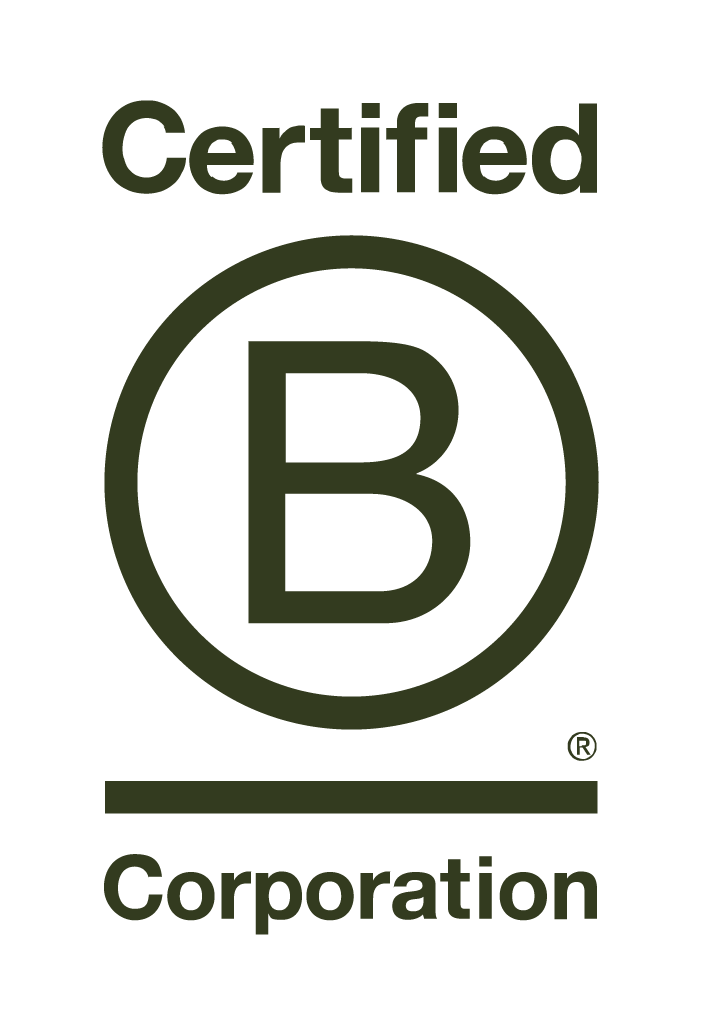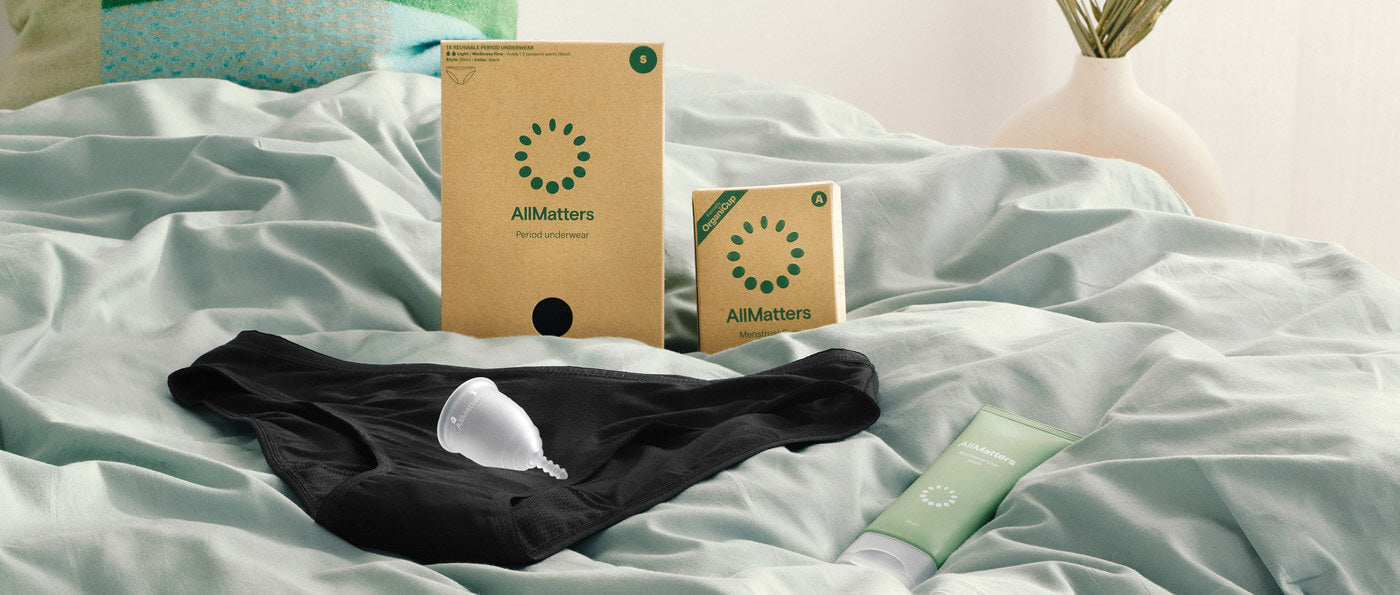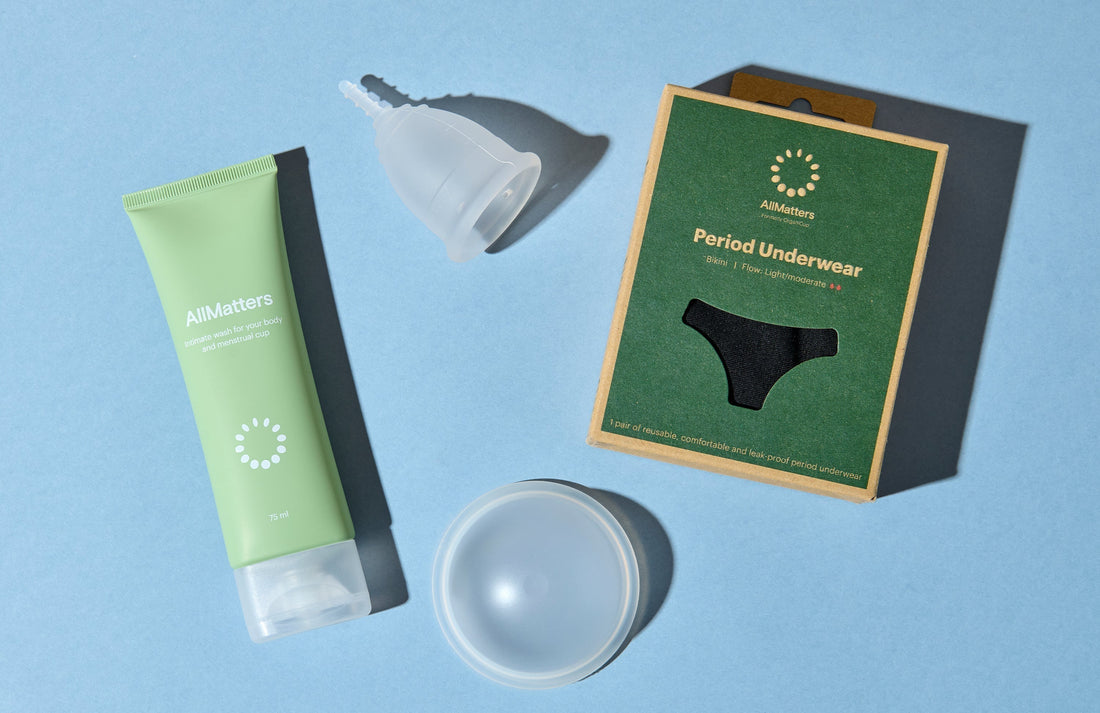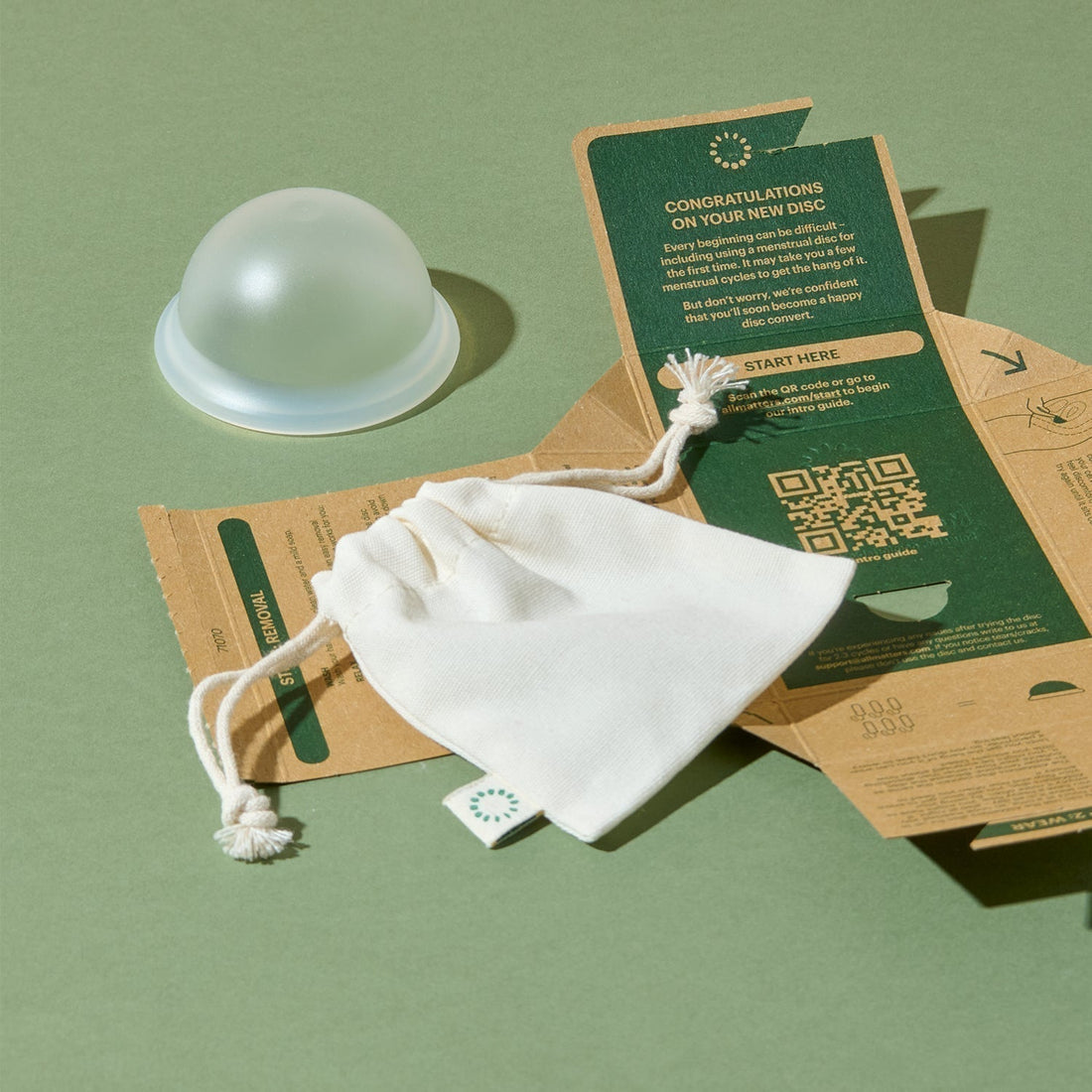Yes, when compared to traditional disposable period products, reusable period products are the way to go. But every manufactured product has an impact, so how exactly do we determine how much of an impact a product makes? It is good to be educated about the things you are buying, and with more and more companies greenwashing, it can be hard to tell the difference between a deceptive marketing ploy and what is actually better for our planet. Here we will break down how menstrual cups and reusable period underwear impact the planet through every part of their life cycle.
What is greenwashing?
Unfortunately, greenwashing is rampant and you have probably fallen victim to the marketing ploy at some time yourself without even knowing so. It is where a company or brand presents their products, services, etc., as ‘environmentally-friendly’, or ‘sustainable’, simply to make them sell better. Greenwashing is found in the form of misleading or deceitful claims, in order to convince you that the company is eco-friendly without it actually being so. With more and more people wanting to use their money wisely on products that benefit the planet, it is more important than ever to be aware how to spot greenwashing.
How to spot greenwashing
You can spot greenwashing by watching out for companies focusing on only one sustainable attribute, or companies using jargon that is not accessible to all people, or when you find claims without data to back them up. You can always fact check a company by looking at an LCA*, or government released data. Checking multiple sources is important as well.
How do menstrual cups benefit the environment?
So, now that we’ve got that out of the way, there are quite a few ways that menstrual cups benefit the environment. Firstly, it’s by use: a menstrual cup provides up to 10 years of use when properly taken care of. Over a lifetime, this equates to buying about 4 cups per person with a period, compared to an average of 9,000 tampons. Secondly, our menstrual cups are made from 100% medical grade silicone which is more durable than plastic. They are nontoxic, so there are no dyes, toxic chemicals, pesticides or herbicides going into the soil, the ocean or your body. In fact, in an LCA* study comparing menstrual cups, pads, and tampons, it was found that menstrual cups have a considerably lower impact on the environment than their counterparts. This is despite all the water used for cleaning your cup, your hands, and water used in the initial production of the cup.
The manufacture of pads, and tampons without applicators (which may sound greener, but the production process is where to look to check out the environmental impact), is where you can see the biggest effect on the environment from all of the water, herbicides, insecticides, fertilizers, and machinery used to produce the cotton – the main component in a tampon. By using menstrual cups you avoid all of those chemicals being absorbed in to your body.
What about reusable period underwear?
Because period underwear is fairly new to the market, there are, unfortunately, not a lot of LCA’s or other studies done on period underwear's impact on the environment. But the ones that have been done, state that reusable period pants have a lower environmental impact than single use alternatives, like tampons and pads. This is because period panties can last for up to 2 years with proper care. Our period underwear also uses recyclable materials and textiles, like recycled cotton. This cuts back on the water waste in production too.
What about the constant washing of reusable period underwear?
Well, Life Cycle Initiative states that parallels can be drawn from the UNEP (UN Environment Programme) meta study on reusable nappies about impact from period underwear. When washed according to instructions in a modern washing machine, the reusable nappies still have a lower environmental impact – and these become even lower when washing full loads of laundry on a washing cycle below 60°C. Because of the similarities, we can assume the same for period underwear.
How reusable period products benefit more than the environment
Apart from the planet – it is good to look at the benefits towards people too! In a study by Stanford, it was found that menstrual cups were good for gender equality. It does this by not only saving money long term, but by also helping to decrease the need for transactional sex to purchase period products in resource-poor areas.
Period underwear can also be better for your health. They are hypoallergenic with options that are dye and BPA free. They have a lower risk for TSS (Toxic Shock Syndrome), and they can be used to deliver contraception, vaginal medication, and protection against HIV and other STI’s. Other studies found that menstrual cups increased confidence, mobility, comfort, independence, and helped teens and adults attend school or work without interruption from their period.
Period underwear can help with gender dysphoria, when provided with the option of boxer briefs. They can also help people who are uncomfortable about inserting period products too.
To wrap it up
Menstrual cups and other reusable period products are not greenwashed products. They are better for the environment in almost every step of their life cycle, and they are a great choice for the planet, for your body, and for your wallet. We understand that due to social, geographical, and economical situations it may not be feasible to switch to reusable products for everyone, and that is okay. In the long run, it’s about doing what we can – and every little step anyone makes towards a greener solution helps.
*What is LCA ?
LCA stands for a Life Cycle Assessment – which analyzes both potential environmental impacts and actual environmental impacts of products during their life cycle. This takes everything into consideration - from the beginning of production, to how the product is distributed, how it is used, and finally the end of its life - to calculate all the data for assessment. The LCA calculates all types of impacts, including the process of the raw materials, emissions into air, water, and soil, land use, water use, and so forth. Once the data is collected then it goes through quality assurance checks and is presented in the form of a report.






